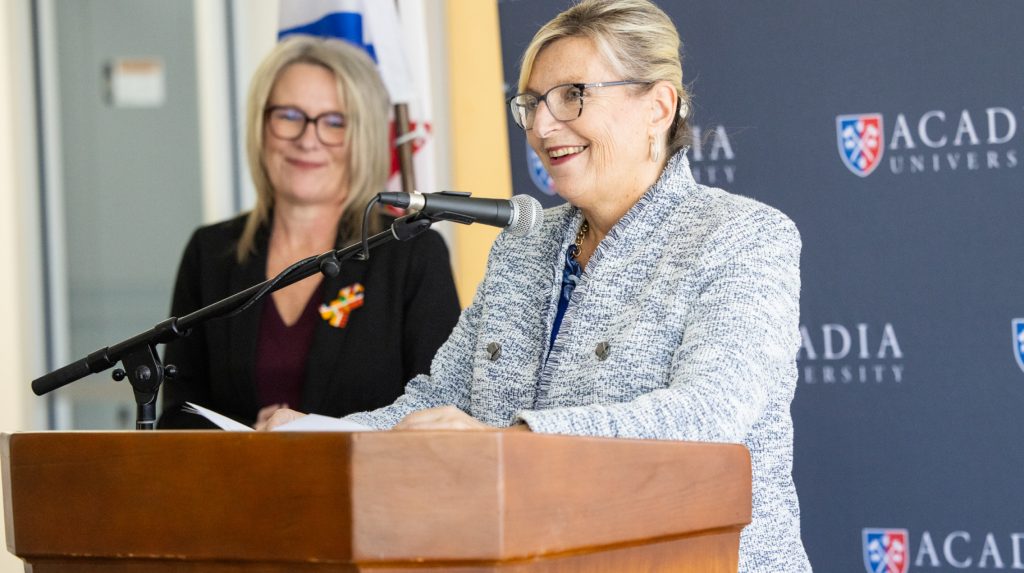Nova Scotia announces spending spree after offshore royalty windfall
Posted Mar 15, 2018 11:49:01 AM.
Last Updated Mar 15, 2018 05:00:30 PM.
This article is more than 5 years old.
HALIFAX – An offshore royalty windfall has prompted the Nova Scotia government to embark on a nearly $245 million spending spree two weeks before the fiscal year ends.
The money announced Thursday in what the opposition Tories termed “March Madness” includes $120 million to expand high-speed internet in under-serviced areas.
Finance Minister Karen Casey said the one-time funding for internet service comes from recalculated offshore royalty revenues won in an arbitration decision on pipeline transportation costs for shipping Sable natural gas.
“This resulted in a recalculation of royalties from when the gas started flowing in 1999,” said Casey.
She said the revenue was estimated at $120 million in December, but the arbitration award could bring as much as $250 million.
Casey said another $90 million was made available from departmental restructuring costs — $75 million of which is related to non-wage costs.
Premier Stephen McNeil credited the government’s fiscal management over the last four years for putting it in the position to spend in what it sees as priority areas of the economy.
McNeil acknowledged they’d considered putting the offshore money toward the province’s $15 billion debt.
“We had a healthy discussion about that,” he said. “If this had arrived on our desk in 2013 we probably would have had no options.”
The money earmarked to help bring internet service to 95 per cent of the province’s homes is to be part of a new trust fund that will be administered independent of government.
According to a report by Brightstar Canada also released Thursday, Nova Scotia’s public subsidies to provide fully linked service to homes “could potentially reach $300 million to $500 million” over 10 years.
McNeil said the province’s initial contribution to the internet project, and to others in the overall funding package, would also help leverage monies from federal and private sources.
“I think it’s safe to say that with the dollars we are putting in, by minimum we will receive back another dollar on behalf of citizens to make these projects go forward.”
The spending includes $40 million to fund research and innovation projects including in the ocean and clean energy sectors.
The government also plans to spend more than $16 million on programs that assist those on low incomes in making their homes more energy efficient, and on other initiatives such as needle exchange programs and job coaching for people with autism spectrum disorder.
Progressive Conservative MLA Eddie Orrell praised the funding for rural internet access and some other initiatives, but questioned the government’s overall priorities in spending the money during what’s often referred to as “March Madness.”
Health care should have been more of a focus, he said.
“It’s OK that we are spending that money but spread it out over the year to make sure that people get the health care and other things they deserve in this province,” he said.
Critics have long used the term “March Madness” to describe big, late-year leftover spending by various governments and departments.
The political controversy often created by such spending prompted the NDP government under former premier Darrell Dexter to issue directives banning the practice for three years running.
Last year, the Liberals used more than $40 million in a flurry of announcements prior to the provincial election.
Casey said even with the extra spending, the government expects to end fiscal 2017-18 with a balanced budget.
The fiscal year wraps up March 31.
“They (spending projects) will not create ongoing expenses or additional debt for future generations,” said Casey.
Note to readers: This is a corrected story. Because of incorrect information from the government, a previous version said there was $180 million in new spending. In fact, that figure is nearly $245 million.










